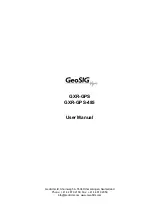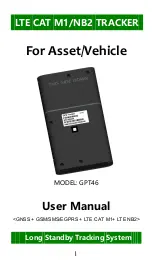
CAP 413
Radiotelephony Manual
Chapter 4 Page 32
5
Aerodrome Air/Ground Communication Service Phraseology
5.1
Introduction
5.1.1
Concise and unambiguous phraseology used at the correct time is vital to the smooth,
safe and expeditious running of an aerodrome and associated ATZ. It is not only the
means by which information is passed but it also assists pilots in maintaining an
awareness of other traffic in their vicinity, particularly in poor visibility conditions.
5.1.2
Messages will not be transmitted to an aircraft during take-off, the last part of final
approach or the landing roll, unless it is necessary for safety reasons, because it will
be distracting to the pilot at a time when the cockpit workload is often at its highest.
5.1.3
Local procedures vary from aerodrome to aerodrome and it is impossible to give
examples to cover every situation which may arise at the multiplicity of different types
of aerodrome. Information in addition to that shown in the examples, e.g. time
checks, etc. may be provided as necessary.
5.2
Type of Service
5.2.1
As described in Chapter 2 the type of service provided at an aerodrome falls into one
of three categories. In this section the examples are confined to those used by Air/
Ground Communication Service operators.
5.2.2
Whilst the RTF procedures used by air traffic controllers and FISOs form the main
content of this publication it should be noted that the phraseology used by Air/Ground
Communication Service operators is different from that used by controllers and
FISOs. This section describes only the phraseology provided by AGCS operators and
details of the service itself may be found in CAP 452 Aeronautical Radio Station
Operator’s Guide on the CAA web site or from the CAA’s printers (Details can be found
on the inside cover of this publication). Phraseology for aerodrome air traffic
controllers may be found in Chapter 4 paragraph 1 and that for FISOs in Chapter 4
paragraph 2.
5.2.3
An AGCS radio station operator is not necessarily able to view any part of the
aerodrome or surrounding airspace. Traffic information provided by an AGCS radio
station operator is therefore based primarily on reports made by other pilots.
Information provided by an AGCS radio station operator may be used to assist a pilot
in making decisions, however, the safe conduct of the flight remains the pilot’s
responsibility.
5.3
Air/Ground Station Identification
Radio operators must ensure that the full callsign, including the suffix ‘RADIO’, is
used in response to the initial call from an aircraft and on any other occasion that there
is doubt.
5.4
Phraseology and Examples
5.4.1
From time to time air traffic controllers and flight information service officers are
invited by aerodrome authorities to provide an Air/Ground Communication Service.
They are permitted to do so in certain circumstances provided they hold a valid
Certificate of Competence (CA 1308). However, air traffic controllers, in particular,
must appreciate that there is a considerable difference between the service they
normally provide and the Air/Ground Communication Service. Therefore they must be
careful not to lapse into providing an air traffic control service.
31 March 2011
Summary of Contents for 413
Page 1: ...CAP 413 Radiotelephony Manual Edition 20 www caa co uk Safety Regulation Group ...
Page 2: ......
Page 3: ...CAP 413 Radiotelephony Manual Edition 20 Safety Regulation Group 17 November 2011 ...
Page 6: ...CAP 413 Radiotelephony Manual Amendment Number Amendment Date Incorporated by Incorporated on ...
Page 10: ...INTENTIONALLY LEFT BLANK ...
Page 18: ...INTENTIONALLY LEFT BLANK ...
Page 20: ...INTENTIONALLY LEFT BLANK ...
Page 68: ...INTENTIONALLY LEFT BLANK ...
Page 126: ...INTENTIONALLY LEFT BLANK ...
Page 162: ...INTENTIONALLY LEFT BLANK ...
Page 170: ...INTENTIONALLY LEFT BLANK ...
Page 178: ...INTENTIONALLY LEFT BLANK ...
Page 206: ...INTENTIONALLY LEFT BLANK ...
Page 248: ...INTENTIONALLY LEFT BLANK ...
Page 254: ...INTENTIONALLY LEFT BLANK ...
Page 264: ...INTENTIONALLY LEFT BLANK ...
















































